1939 CWS (Co-op) Delivery Cycle
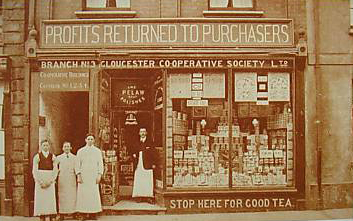

This CWS tradesman’s bike is in good original condition, with its head transfer intact, and a partly-discernible matching emblem on the rear mudguard.
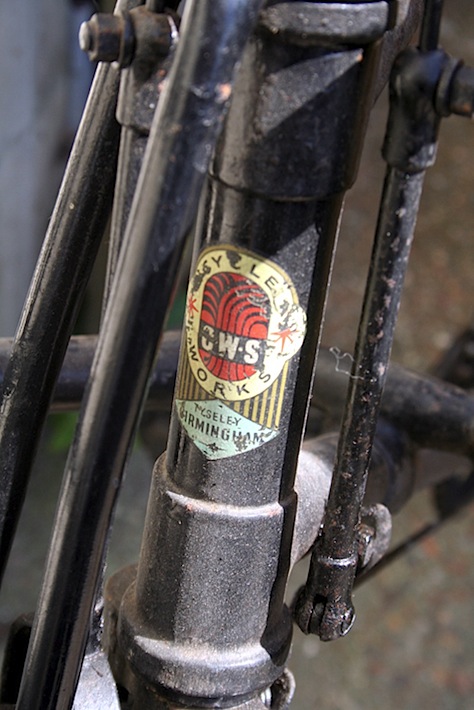
***************************
C. W. S. (Co-operative Wholesale Society),
Federal Works, Kings Rd, Tyseley, Birmingham
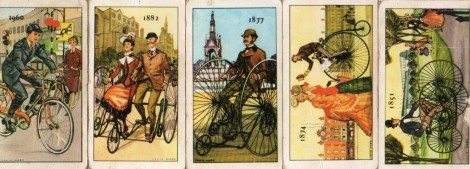
As well as tradesman’s delivery models such as the one featured here, the Co-op made ‘Federal’ and ‘Federation’ bicycles at their cycle works. A Federation Gents Model 10 bicycle cost £5 12/- 6d in 1936.
In the first half of the 20th Century, the British motorcycle industry’s multitude of component suppliers made it possible for small independent companies to produce motorcycles made up entirely from bought-in parts. CWS tried their hand at this, marketing motorcycles under the ‘Federation’ and ‘Federal’ brand names between 1919 and 1937, using four-stroke JAP and two-stroke Villiers engines.
They made a three-wheeler too, in 1922, but it was not a success. It had an 8hp JAP V-twin engine with Juckes 3-speed gearbox and chain-drive to the single rear wheel. It was expensive at £150 (plus £3 15/- if you wanted a hood) and was only produced for one season.
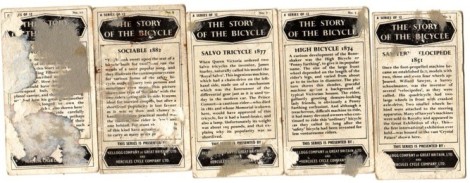
***************************
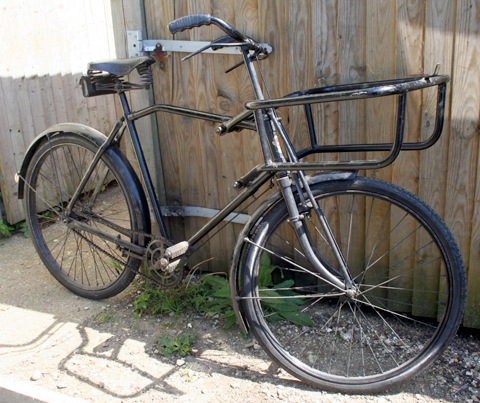
I recently found a suitable wicker basket for the front carrier. As you may already know, carrier sizes vary from one manufacturer to the next. So buying baskets for tradesman’s bikes can be a bit hit-or-miss.
In due course, I’ll take another few photos of it with the basket in place.


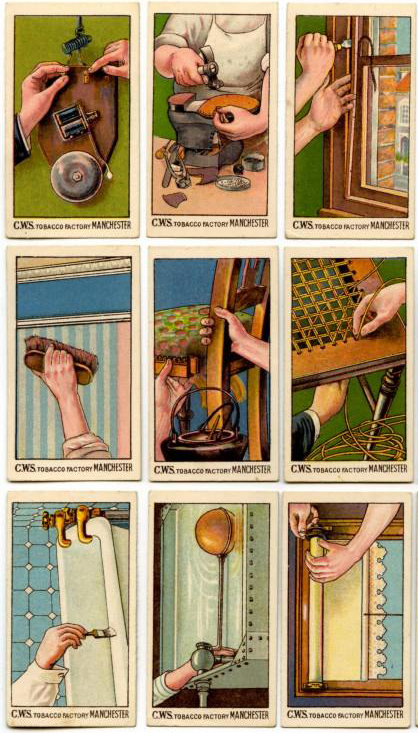

***********************
History of the Co-operative Society
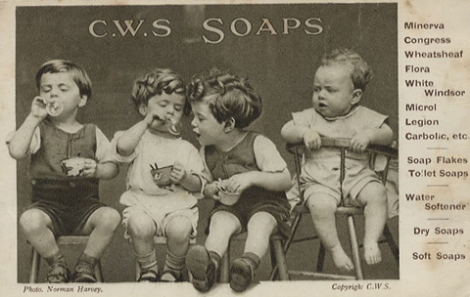
The first successful retail Co-op is usually credited to a group of weavers in the North who are now referred to as the ‘Rochdale Pioneers’. They started trading in 1844 and offered a limited range of goods for sale at a fair price. They dealt in cash only, redistributed profits to the members, promoted democratic control and established fundamental Co-operative Values and Principles. The success of this society led to other groups of workers banding together to form their own societies.
In 1875, in South Birmingham, a group of local men formed the Ten Acres & Stirchley Street Co-operative Society, later to be known by the acronym TASCOS. By 1914, the society had 12 branches and had spread as far as Bromsgrove, absorbing the Aston Fields Society. At its height, TASCOS had over 50 branches, its own dairy, bakery, laundry, coal wharf, works dept, funeral home etc. It was an independent society which, in 1971,merged with the Birmingham Society.
There had been Co-op Societies in the Soho area since 1830, when the employees of Boulton and Watt founded The Handsworth Economical Union and Provision Company. The Soho Co-operative Society was founded in 1887, its central premises being at High Park Road, Smethwick. The Soho Society merged
with Birmingham in 1925 and the amalgamation was used as an opportunity for Birmingham to drop ’Industrial’ from its title.
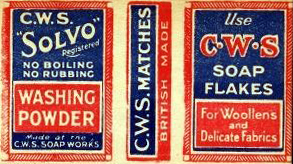
The Birmingham Industrial Co-operative Society opened its first shop at 14 Great Francis Street on 5th August 1881, later moving to larger premises on the corner of Great Francis Street and Newdegate Street. Adjoining premises were later purchased and extended, providing more shops, a boot repair factory, stables, reading room, boardroom and offices.
In 1916, brand new Central Premises were opened on the East side of High Street and were added to in the 1920’s and 30’s, including the purchase of the Grand Louvre on the opposite side of the road. An air raid in 1941 destroyed the Grand Louvre and some of the Co-op buildings opposite. A modern store was eventually built with arcades and a function room (The Rainbow Suite) on the ‘Big Top’ site, now the home of Mothercare and other retail outlets. A new extension was built on the East side. During the 1980s, commercial considerations led to the sale of the Big Top site and later the Main Central Premises (now the site of the Pavilions Shopping Centre), leaving the city centre without a Co-op retail presence.
Most suburbs had Co-op shops, usually a grocer, greengrocer and butcher or sometimes an ‘Emporium’ selling household goods, clothing etc. In the early days, these shops would be converted dwellings but this soon changed to purpose-built shops with a distinctive style. Familiar sights were the horse-drawn milk floats and bakers’ vans which were replaced in the 1950’s with electrically-powered vehicles. Mobile shops travelled to new estates and to areas where there were few shops.
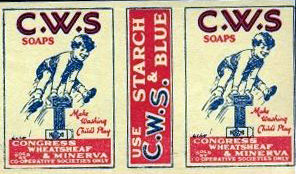
An important part of being a member of the Co-op was the dividend (‘divi’); this was calculated using the amount spent with the society and was paid out quarterly (and later half yearly). Mothers would often use this to pay for new shoes and school uniforms for the children or would, perhaps, put the money towards a larger purchase.
The Co-op had many activities available for staff and members. The Women’s and Men’s Guilds provided an opportunity for those wishing to broaden their education or be involved in social issues. There were team sports to enjoy such as football, cricket and bowls; for the children there were the Pathfinders and Woodcraft Folk.
The dairy was built in 1929 in Vauxhall Road, Nechells and was recently sold to Dairy Crest.
Bread was first baked and sold by the Co-op as early as 1884 and they had bakeries at Great Brook Street and Manor Road, Stechford.
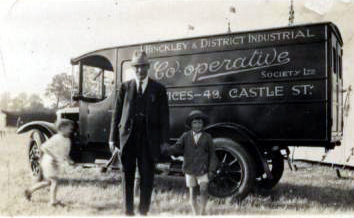
There were laundries at Woodcock Lane North, Acocks Green and Holyhead Road, Handsworth and a footwear repair factory at 831 Warwick Road, Tyseley, now the site of the Co-op Electrical Superstore.
The Works Dept had a workshop at Great Brook Street, then at Woodcock Street. They were responsible for erecting and fitting out complete shops, eventually employing over five hundred people.
The traffic/transport department was at Ashsted Row, then Windsor Street.
The Co-operative Wholesale Society (CWS) had several manufacturing facilities in the region making goods to be distributed countrywide. Federal and Federation cycles and motorcycles, prams, pushchairs, other large toys and aluminium ware were made at Kings Road, Tysley (any further information
on this factory would be most welcome). A piano works was in Belmont Row, weighing scales were made at Great Hampton Street and later at Belmont Row.
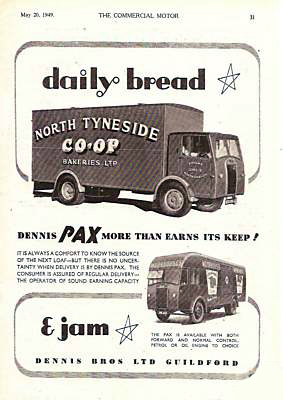
Birmingham Co-operative Society is now part of Midland Co-operative Society Ltd (or Midlands Co-op as it is better known) which is the result of some 70 mergers of smaller societies over the decades.
There are around 39 other retail Co-operative Societies in the UK, each operating as a business in its own right but following the Values and Principles of Co-operation as do co-operative businesses the world over.
While much has changed, the Co-op in Britain is still flourishing and maintaining the ideals laid down by its founders.
[The above text is copyright by Linda Chew, reproduced thanks to http://www.madeinbirmingham.org/coop.htm%5D
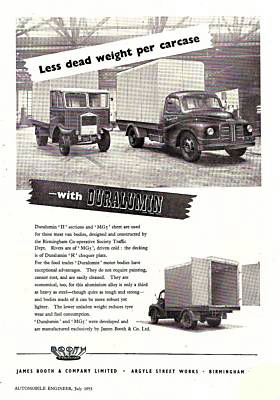
**************************

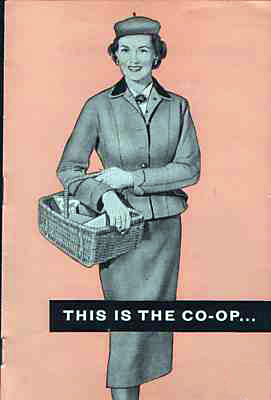
You must be logged in to post a comment.